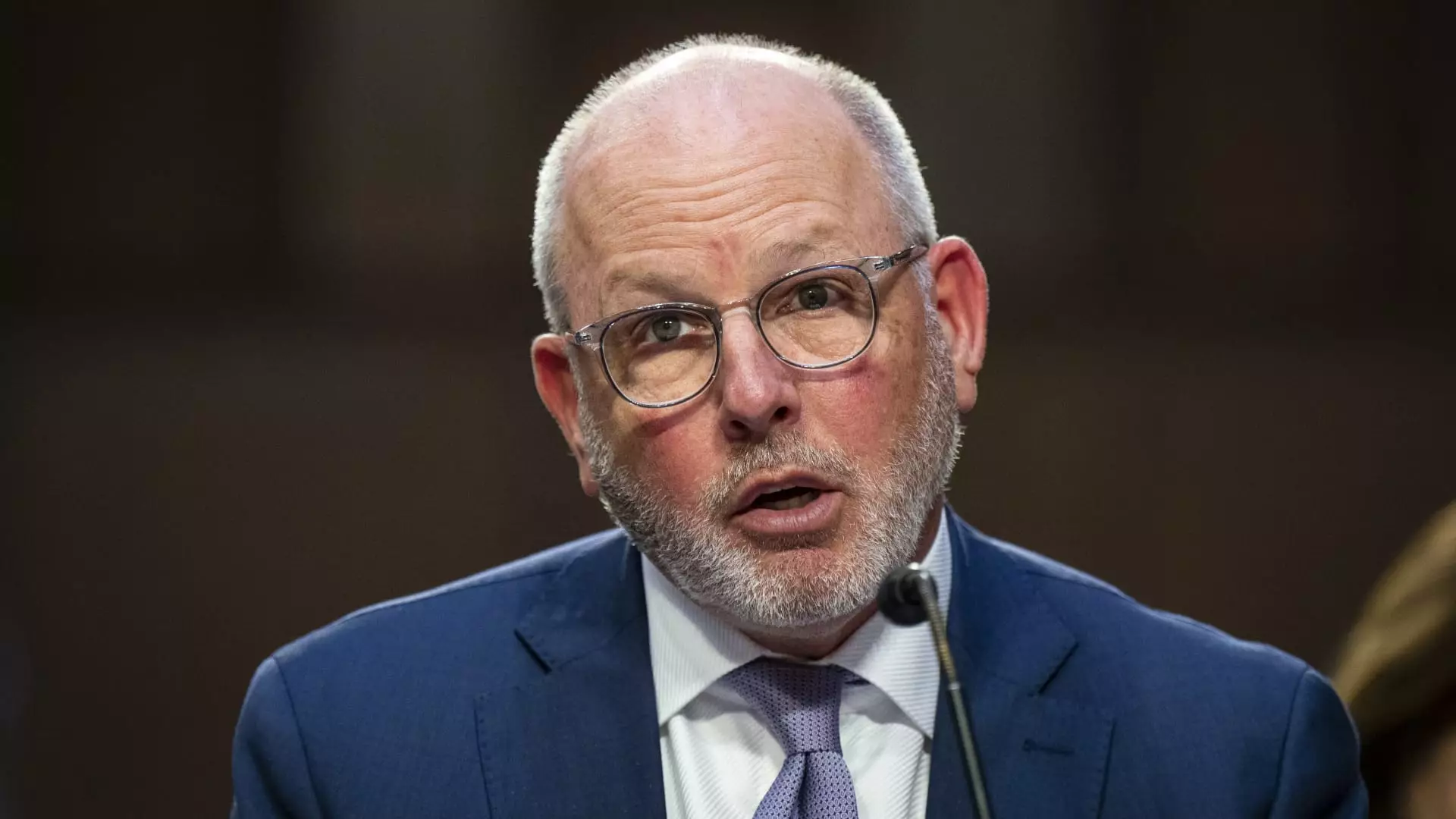Pharmacy Benefit Managers (PBMs) play a crucial but often misunderstood role in the healthcare ecosystem in the United States. These organizations serve as intermediaries between insurers, drug manufacturers, and pharmacies, primarily tasked with managing prescription drug benefits on behalf of health plans. Despite their intended purpose, PBMs have come under fire for potentially exacerbating the issue of rising drug costs, leading to a contentious debate over their impact on patient care and healthcare affordability.
In a recent fourth-quarter earnings call, CVS Health’s new CEO, David Joyner, addressed criticisms aimed at PBMs, particularly his company’s Caremark unit. Joyner suggested that rather than being the main culprits in rising drug costs, PBMs are, in fact, essential players working against the monopolistic practices of drug manufacturers. This assertion brings to light an ongoing struggle within the healthcare sector, as various stakeholders—including lawmakers, healthcare providers, and patients—grapple with the complex dynamics of prescription pricing.
Joyner attributed the skyrocketing prices of medications to the purported monopolistic tendencies of pharmaceutical companies that he argues manipulate market conditions to inflate costs. While he drew attention to increased healthcare utilization, labor shortages, and brand-name drug price hikes, his defense of PBMs invites scrutiny regarding whether these intermediaries truly deliver on their promise of cost savings for patients.
The Role of PBMs in Negotiating Drug Prices
Advocates for PBMs, including Joyner, highlight that these organizations negotiate rebates with drug manufacturers, thereby creating incentives for cost reductions. They also curate formularies, determining which medications are covered by insurance, and oversee reimbursements to pharmacies. Joyner strongly contended that PBMs like Caremark are vital in mitigating healthcare costs and claimed they were focused on driving down drug prices. He asserted that the work PBMs do offsets significant price increases levied by pharmaceutical companies.
However, the dichotomy presented by this argument reveals deeper issues within the pharmacy benefit landscape. Critics pose significant questions: Are patients truly seeing the benefits of the negotiations? Or are PBMs, insurers, and pharmacies primarily benefiting at the expense of consumers?
The Response from Industry and Regulatory Bodies
The controversy surrounding PBMs has caught the attention of various stakeholders, including lawmakers from both parties and regulatory agencies. According to the Pharmaceutical Research and Manufacturers of America (PhRMA), the lobbying group for drug manufacturers, PBMs are currently facing increased scrutiny due to allegations that they fail to pass on savings from negotiated discounts to patients. Some analyses suggest that despite the rebates negotiated by PBMs, significant savings are often retained by these intermediary organizations and not reflected in patients’ out-of-pocket costs.
The regulatory landscape is evolving, with multiple investigations into the operations of PBMs underway. As policymakers strive to create transparency in drug pricing and distribution, the tension between PBMs and pharmaceutical companies continues to escalate, framing a significant narrative in the ongoing discussion about how to lower healthcare costs in the U.S.
The future role of PBMs is uncertain, particularly as lawmakers increasingly call for accountability and reform in the healthcare pricing structure. The implications of any new regulations could profoundly impact the operations of PBMs, potentially reshaping their relationships with both insurers and pharmaceutical companies. As pressures mount from regulatory bodies, the pharmaceutical industry, and patient advocacy groups, it is paramount for PBMs to adapt and provide clearer accountability for their pricing structures.
The debate surrounding PBMs reflects broader systemic issues in American healthcare. The complexities of drug pricing are not easily addressed by placing the blame on one entity. As the dialogue continues, it remains incumbent upon all parties involved—manufacturers, PBMs, insurers, and regulators—to work toward a solution that ultimately prioritizes patient affordability and access. Whether PBMs can emerge as champions in this pursuit or will be viewed as part of the problem remains to be seen, but one thing is clear: transparency and accountability in the healthcare landscape will be critical moving forward.

